There’s a lot that goes into photography pricing. The goal is to be profitable while being competitive. Learn how to price your photography.

Most photographers charge between $100 to $300 per hour.
Your pricing depends on your skill level, experience, location, and expenses. The goal is to be profitable and build a sustainable business.
When starting, you may need to set lower prices. Then, you can raise them as you grow.
Managing your photography pricing is essential. As you raise your prices, find a balance to boost profits without losing many customers.
If you’re ready to turn your hobby into a business, you must learn how to price your work.
The following is your complete guide to photography pricing.
Calculate your cost of doing business
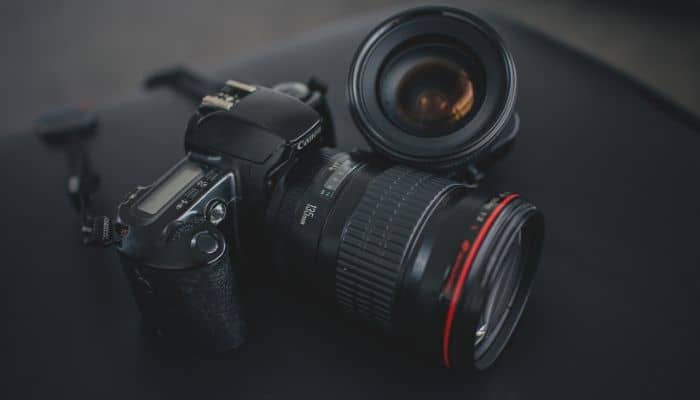
Before you can set your photography pricing, you must know your costs.
You must be able to cover your business and personal expenses. So, take note of all your expenses.
The following are examples of one-time and ongoing costs to include in your list:
- Advertising
- Equipment
- Insurance
- Internet
- Legal and professional fees
- Office expenses
- Salaries
- Subscriptions and software
- Taxes and licenses
- Travel
Once you go through your operating costs, you’ll know how much you need to make to be profitable.
You can calculate everything by hand, in a spreadsheet, or with a calculator.
Consider your time and schedule
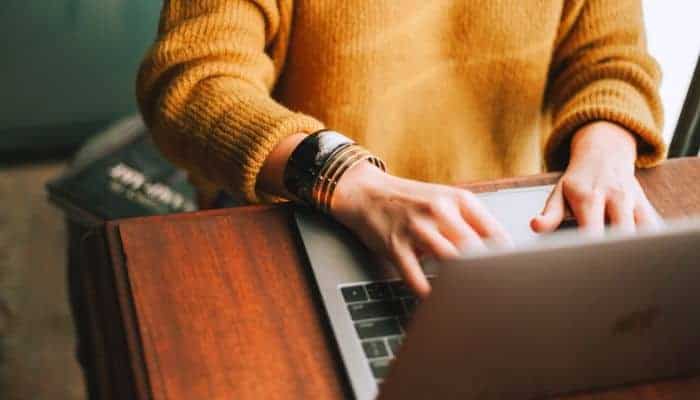
Making more than your expenses puts you at a profit. It’s excellent to be profitable, but it must also be worth your time.
As a photographer, the time you invest in a session goes beyond the photoshoot.
You invest time before a session communicating with a potential client.
Then, you travel to and do the photoshoot. After, you edit the images, create a gallery, and send them to the client.
So, make sure your photography pricing is worth your time.
Aside from the value of your time, consider your work schedule. Your schedule depends on your clients.
Most people are available during evenings and weekends. So, you may need to dedicate evenings and weekends to photoshoots.
You can focus on editing, communication, and marketing during the weekdays.
Now you can think about how much you want to make and see if it’s possible.
The following is an example of calculating the number of sessions you need to do in a year.
The example net profit goal is $50,000, the rate is $300, and expenses per session are $100.
Subtract the average expenses from the price per session. It gives you the net profit. Then, divide the revenue goal by the net profit per session.
The example shows that you need 250 photoshoots to make $50,000 after expenses.
Replace the numbers with your goals, rates, and costs.
Experience, skill level, and work quality

Experience, quality, and skill level are prominent factors in photography pricing.
When clients book a session, your prices should justify your work and talent. So, choose a pricing model that’s fair and profitable.
The following is a photography pricing guide for different experience levels:
- Beginner: Up to $50 per hour.
- Amateur: $25 to $100 per hour.
- Semi-professional: $75 to $150 per hour.
- Professional: $100 to $300 per hour.
- High-end professional: $300 or more per hour.
As a beginner photographer, start by charging $50 or less.
Your photography pricing can change with experience. As you grow in your skills and demand, increase your prices.
Higher prices may also benefit your perceived value. It gives your photography a premium feel.
You can also increase your photography pricing as you upgrade your gear.
Professional cameras, lenses, lighting, and a studio are excellent selling points.
Review your competitor’s pricing
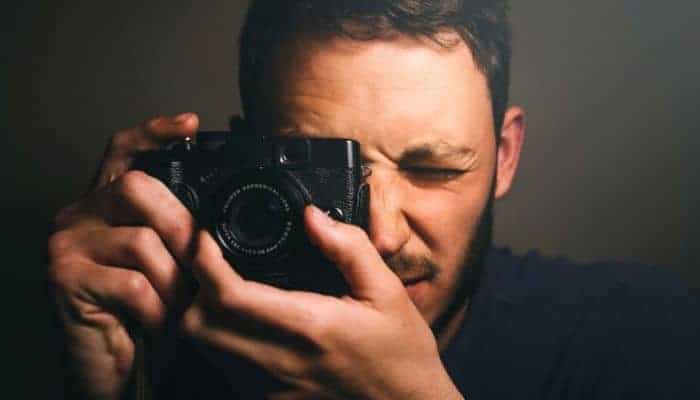
Before you set your photography pricing, review your competition.
Look at photographers in your area and niche. Note their prices and the services they include.
Doing market research and competitive analysis gives you insight. You’ll know your competition and find ways to stand out.
Also, avoid copying your competitor’s price. Instead, use them as a guide.
Choosing a photography pricing model
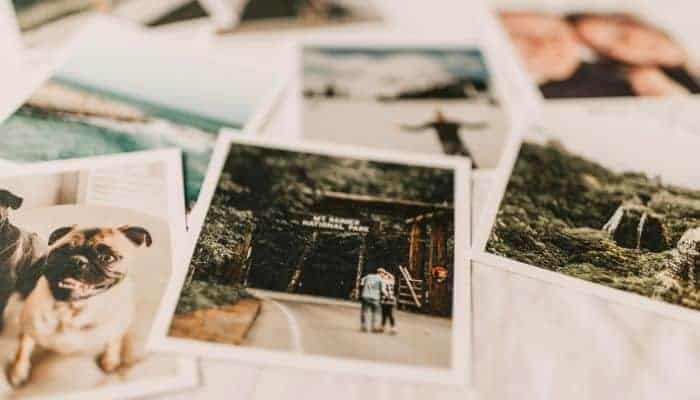
There are different approaches to photography pricing. You can stick to one or have several pricing plans depending on a client’s needs.
The following is an overview of the different photography pricing models:
- Flat rate: You can charge a flat rate to cover the day or time for the session, editing, and communication.
- Hourly: You’ll charge for the session and editing time. You must track your time and break it down on an invoice.
- Per image: Create packs of images at different prices.
- Usage or licensing fees: The amount a client pays to use the images.
Consider your business model and the clients you want to attract before choosing a photography pricing model.
Photography pricing for different niches

The photography niche also plays a role in pricing. Some take more time, while others involve more travel.
When choosing an area of specialty in photography, understand the profitability.
The following are different photography niches with average prices per session:
- Event: $150 to $500
- Family: $150 to $500
- Food: $150 to $500
- Newborn: $200 to $500
- Portrait: $150 to $350
- Product: $30 to $200 per image
- Real Estate: $150 to $3,000
- Wedding: $1,500 to $3,000
The value of your brand
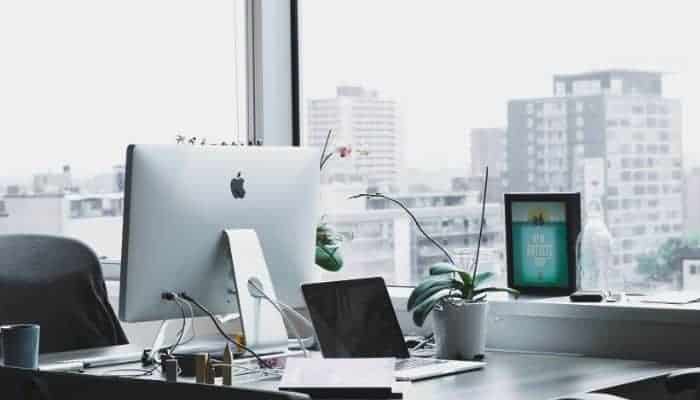
Like other businesses, brand value is essential for photographers.
Through marketing and good experiences, you can build a brand and stand out.
A better brand allows you to charge more and get more clients. It leads to more profit.
When building your brand, consider your mission as a photographer and ideal clients.
Then, think about how you can stand out and what makes you unique. Your answers are the building blocks of your brand.
Frequently asked questions about photography pricing
How much do photographers make per year?
According to the U.S. Bureau of Labor Statistics, the average photographer makes $48,210 a year.
Should I show my photography pricing online?
Many photographers choose not to show their pricing online. The reason is that each client has different needs. So, the pricing can vary. A reason to list your pricing is to screen potential clients. It ensures only serious clients reach out.
How many pictures can a client expect from a one-hour photoshoot?
A client can expect around 50 pictures from a one-hour photoshoot. While you may take more than 50 images, you’ll narrow it down to the best. 50 is a good number of photos for variety and quality.
Conclusion
Photography is a hobby you can turn into a business.
You can be a wedding, portrait, pet, fashion, or commercial photographer. There are many paths you can choose.
As a professional photographer, you must focus on building a sustainable business.
Longevity is the goal. So, consider your time, expenses, and experience when setting your photography pricing.
Related: How to Give Photo Credit
Featured image courtesy of Unsplash.
